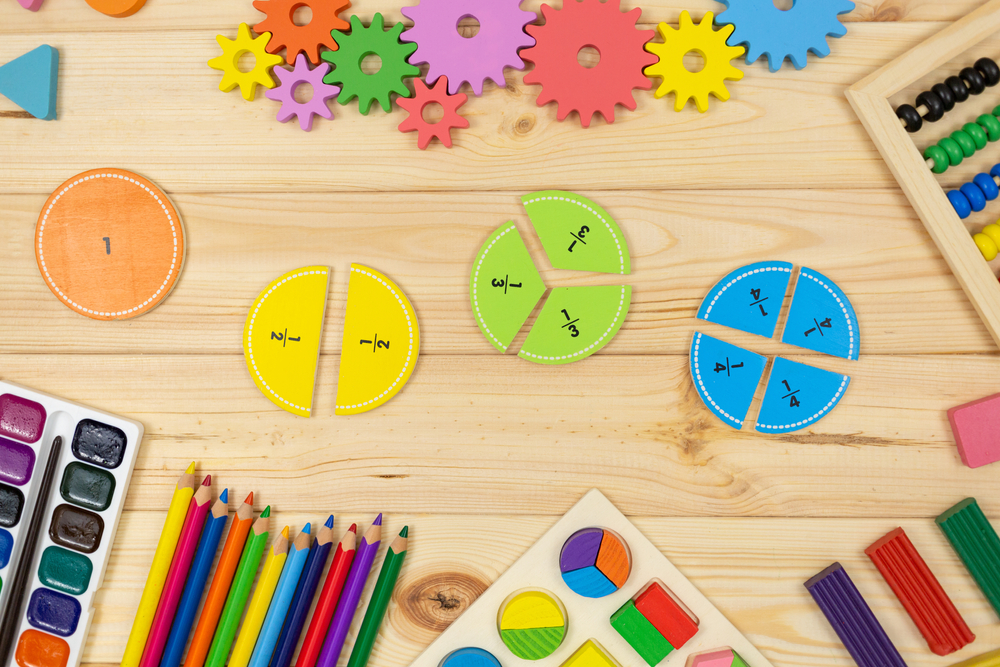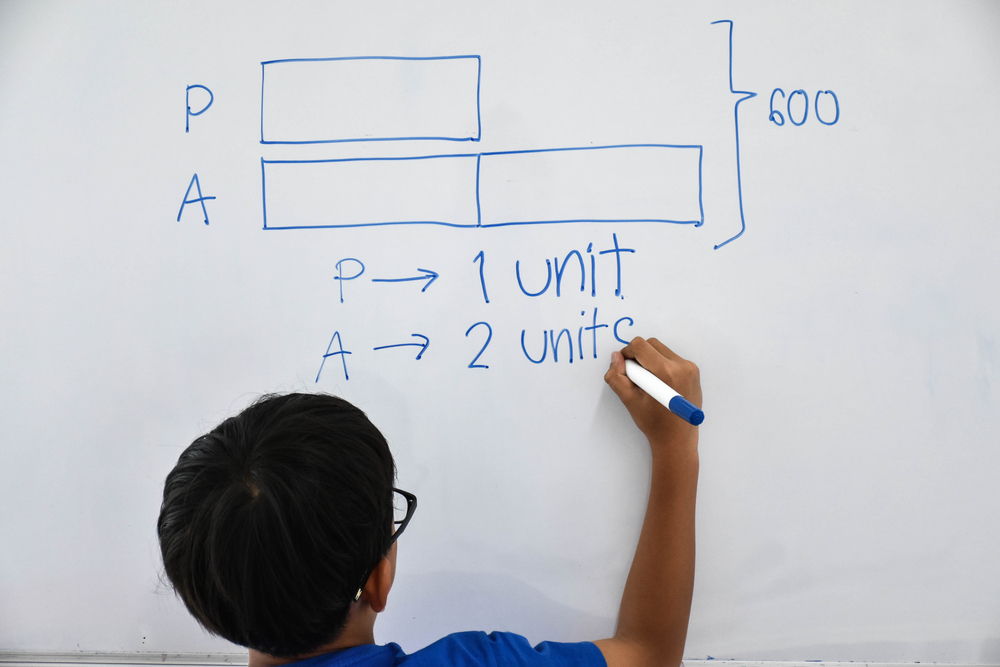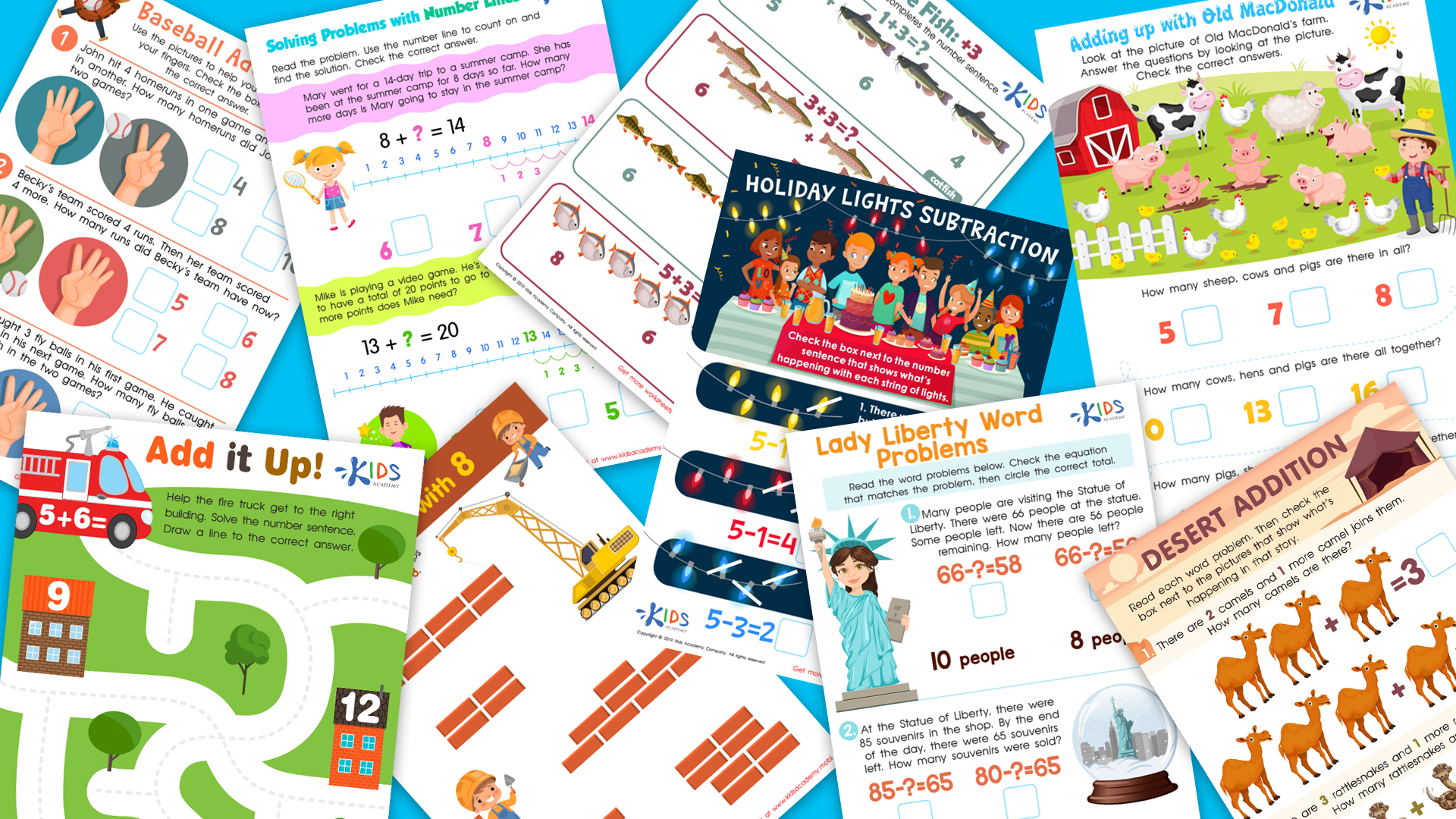Counting objects Math Worksheets for Ages 3-9
21 filtered results
-
From - To
Explore our engaging counting objects math worksheets, designed for children aged 3-9! At Kids Academy, we're committed to nurturing mathematical skills through fun and educational activities. Our worksheets help young learners practice counting with colorful and relatable images, ensuring they build a strong foundation in numbers and early math concepts. Whether your child is just starting or needs extra practice, our age-appropriate resources cater to different skill levels, encouraging confidence and mastery in counting. Enhance your child's learning journey with interactive and enjoyable worksheets that make math feel like playtime. Start counting on Kids Academy today!
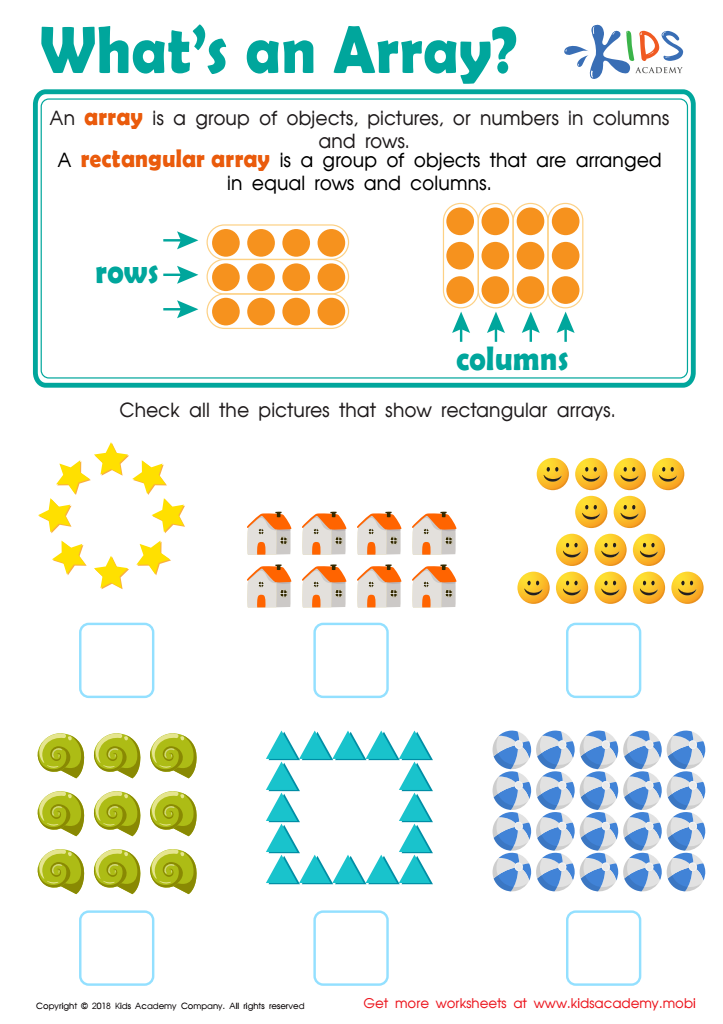

What's an Array? Worksheet
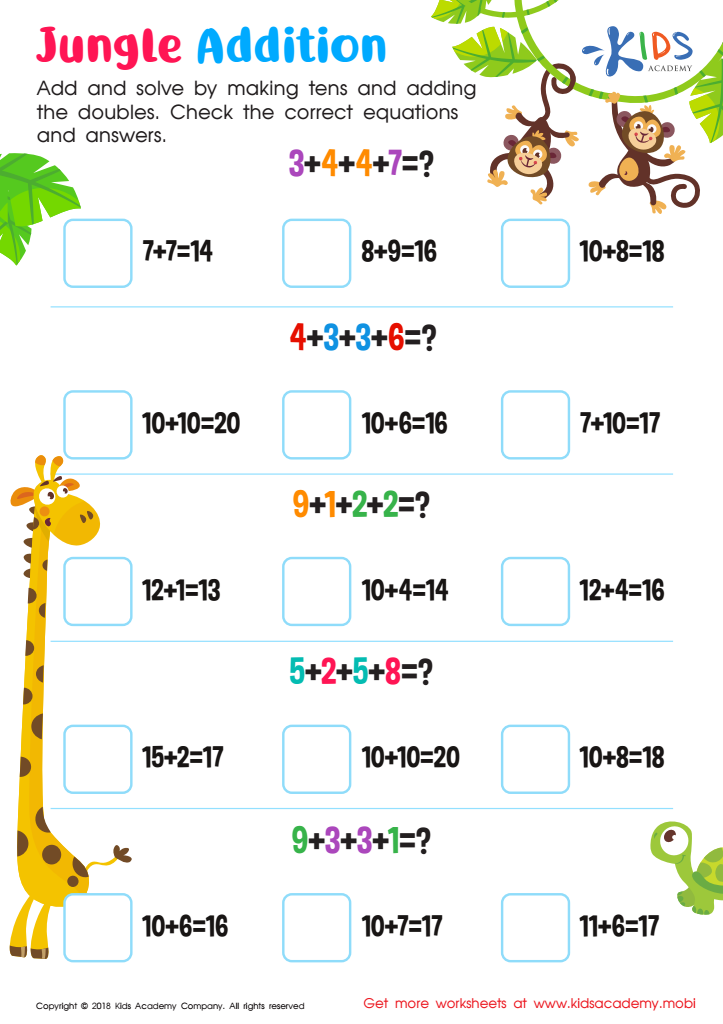

Jungle Addition Worksheet
Counting objects in math for ages 3-9 is a fundamental skill that lays the foundation for a child’s future mathematical understanding. Parents and teachers should care about this practice because it plays a crucial role in developing number sense, which is the ability to comprehend, relate, and connect quantities and numbers.
When young children count objects, they learn essential concepts such as one-to-one correspondence, which means attaching one number to each object in a group, enhancing their understanding of quantity. This hands-on experience also aids in reinforcing the sequence of numbers and the idea that numbers represent specific quantities, a vital stepping stone to more complex math.
Moreover, counting objects builds critical thinking and problem-solving skills. As children identify patterns and sort objects, they engage in logical reasoning and categorization, which are important for later success in mathematics and other academic areas.
Counting activities are also an opportunity to develop fine motor skills as children pick up and manipulate small objects. Additionally, these experiences provide a social context where children can practice communication by explaining their reasoning and observations about quantities.
Investing time in counting objects prepares children for addition, subtraction, and eventually, more complex operations, supporting their overall cognitive development and academic growth. Therefore, parents and teachers should encourage and facilitate counting activities to lay a strong mathematical foundation.
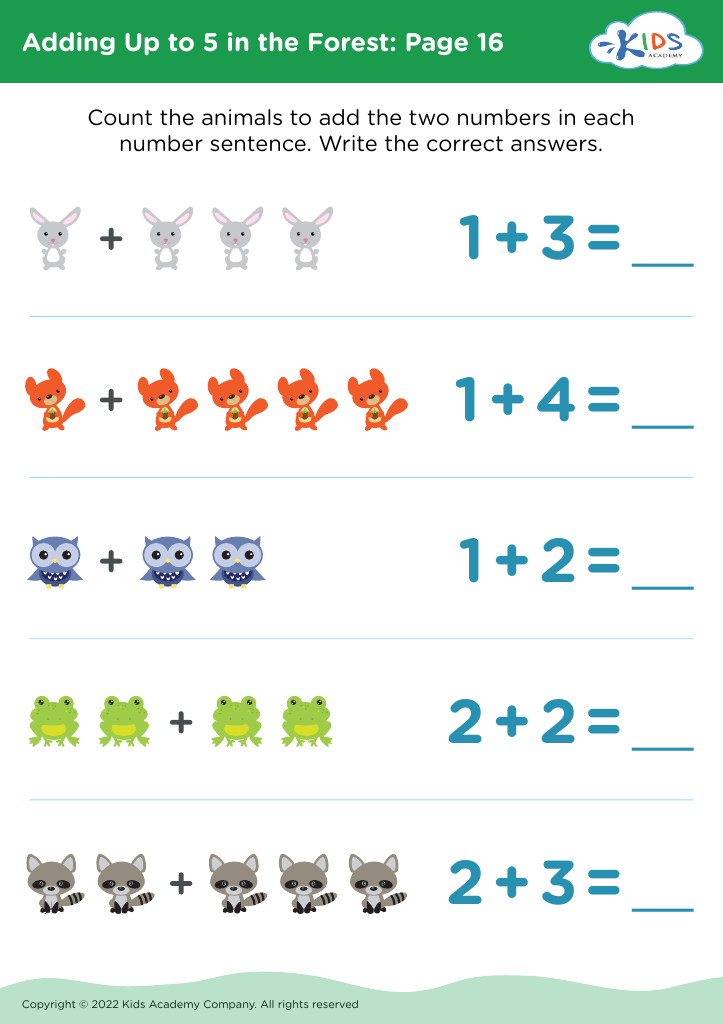
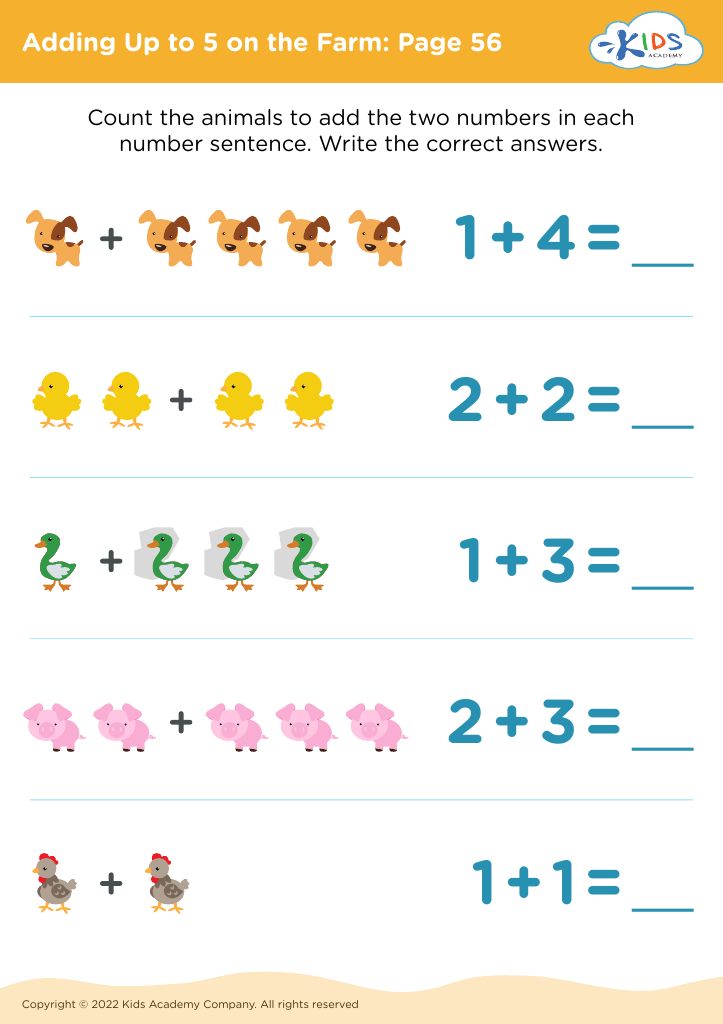
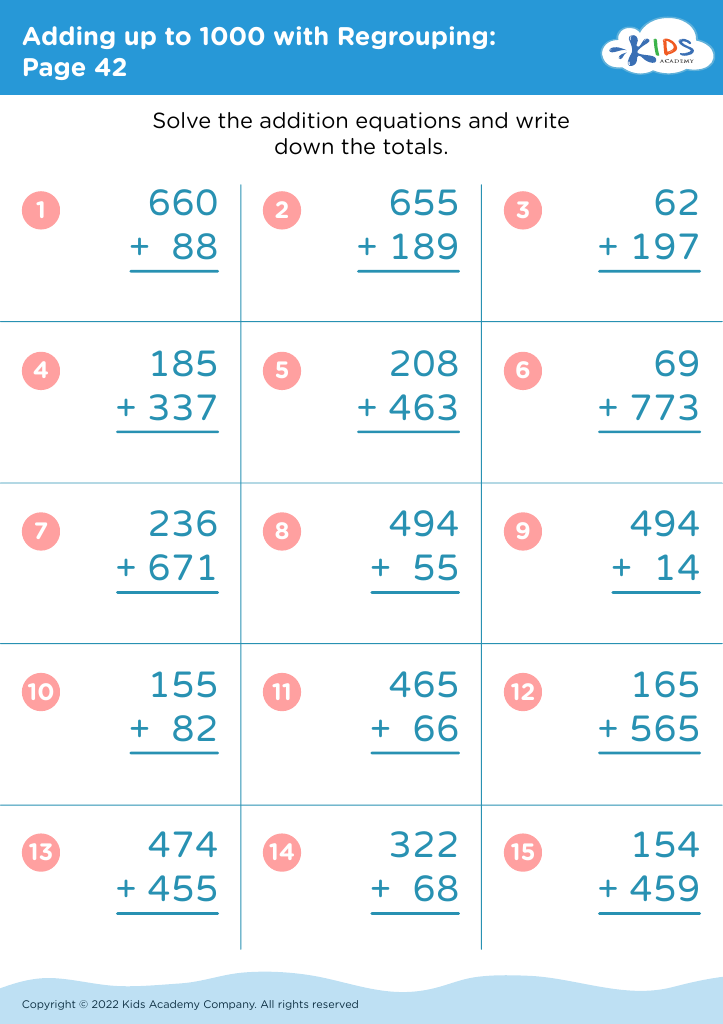
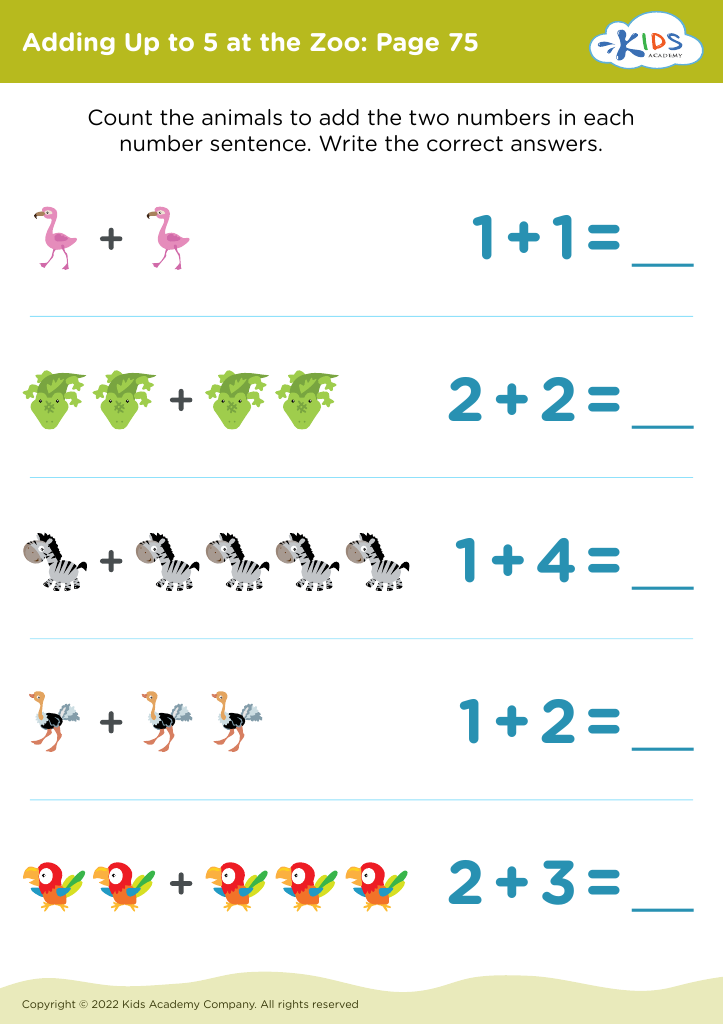
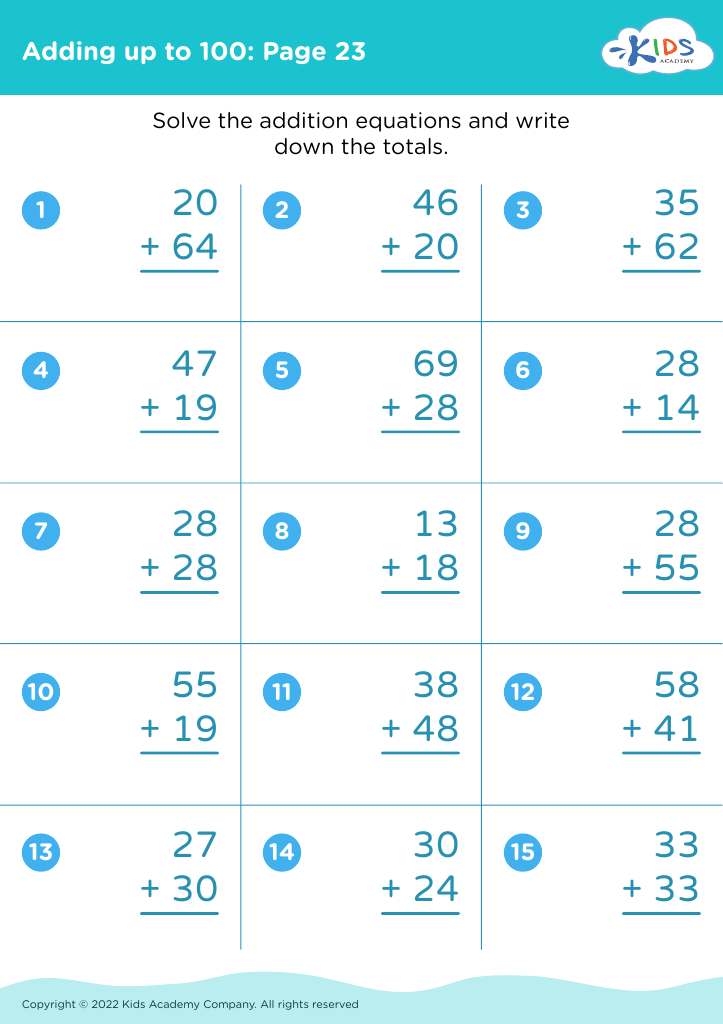

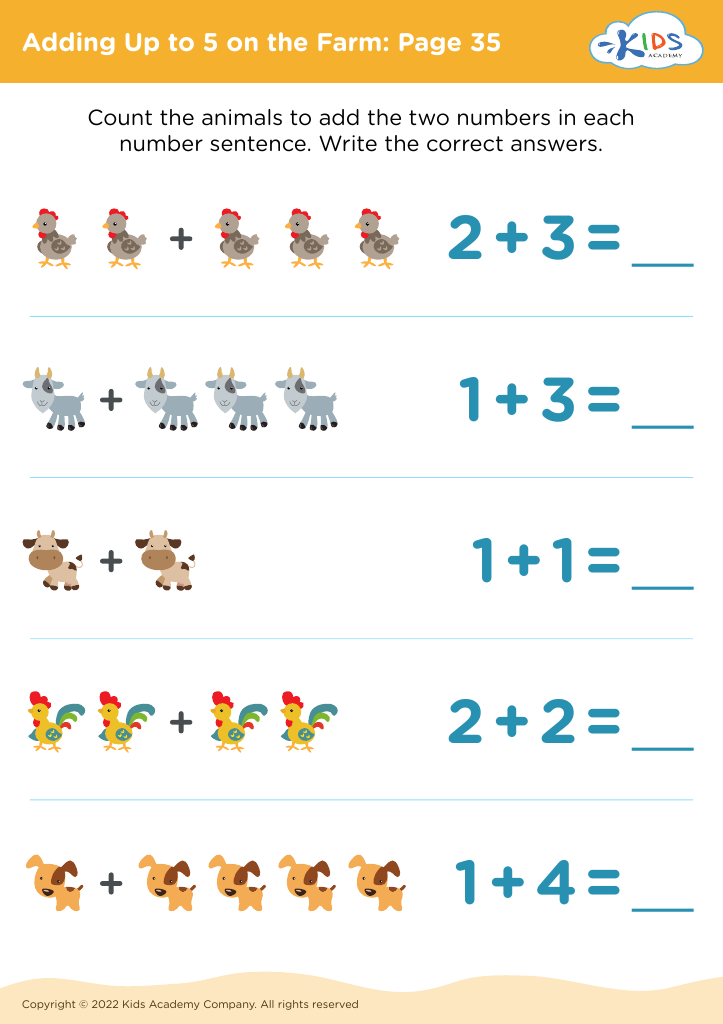
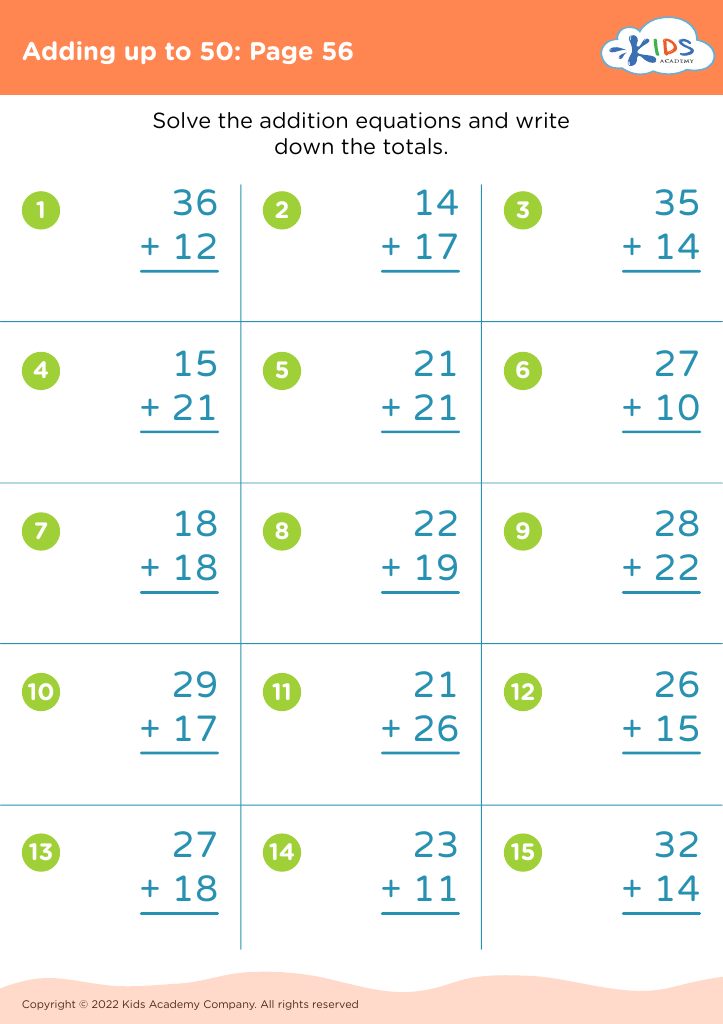
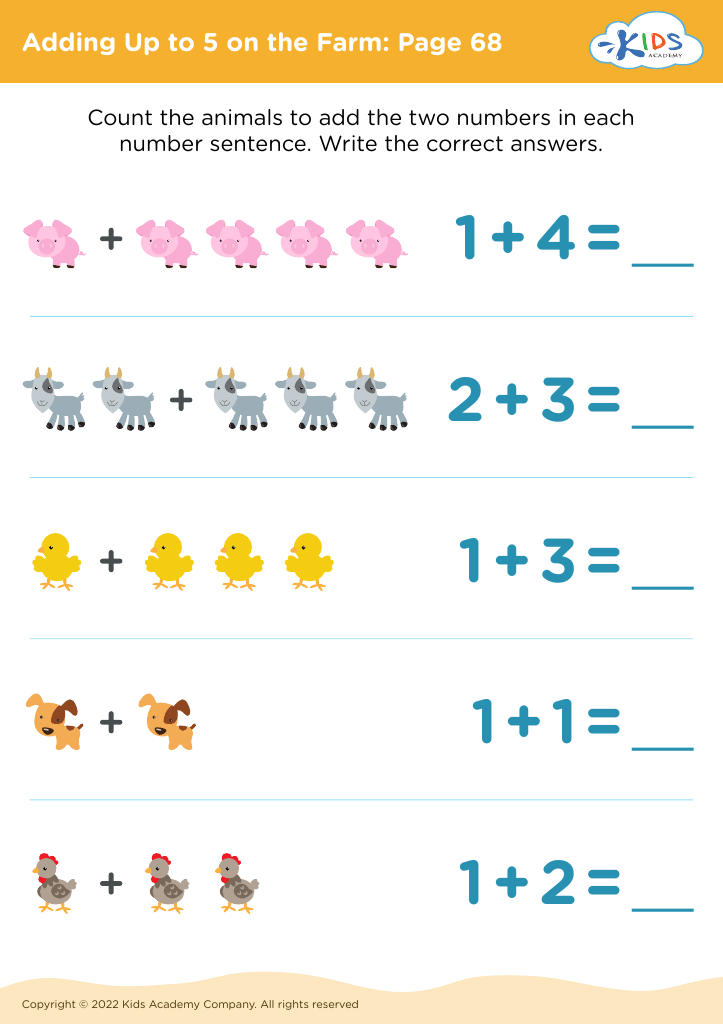
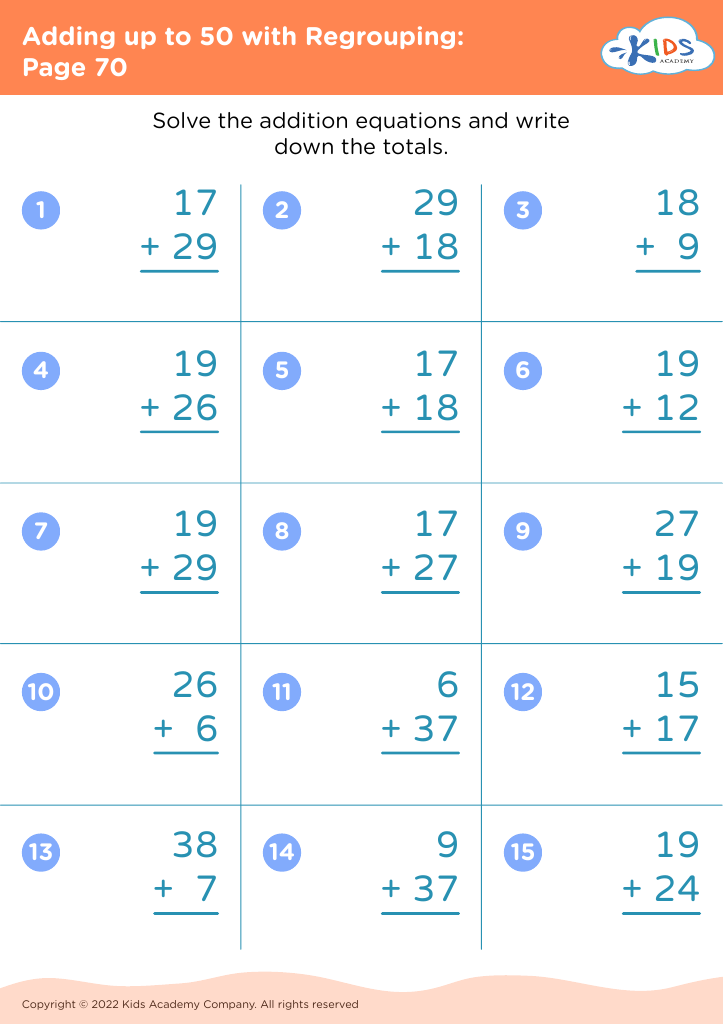
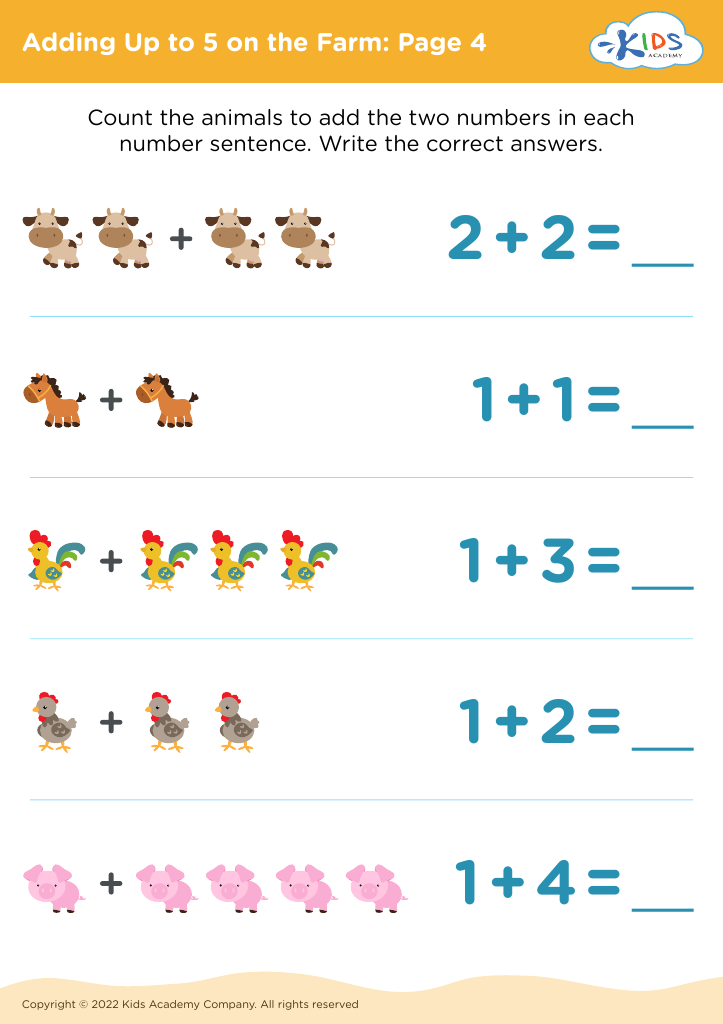
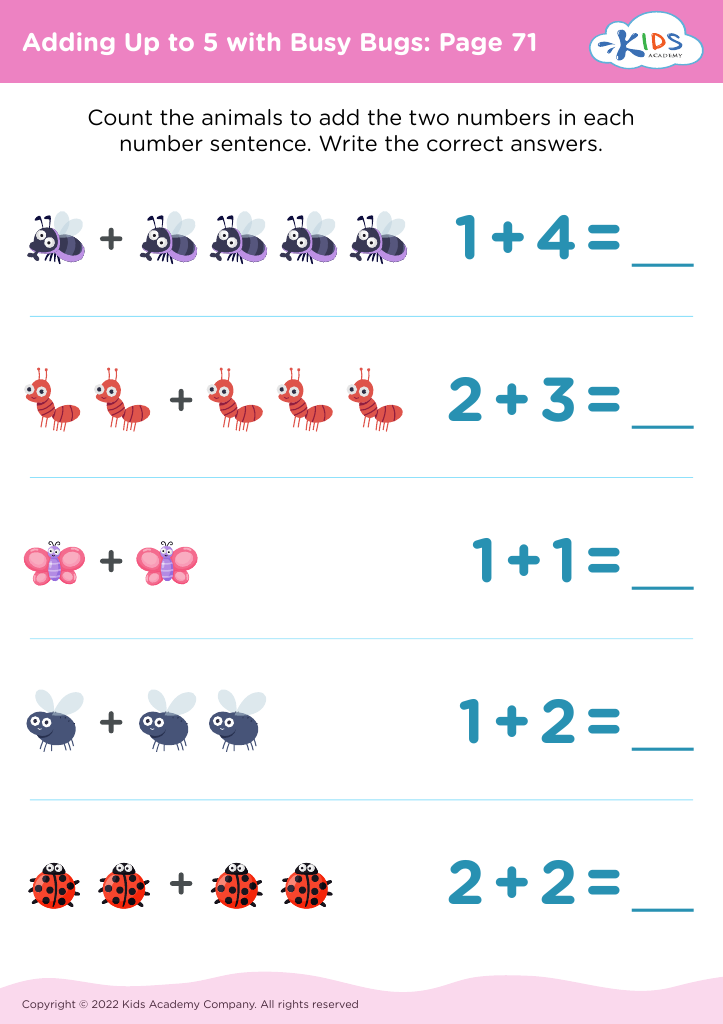
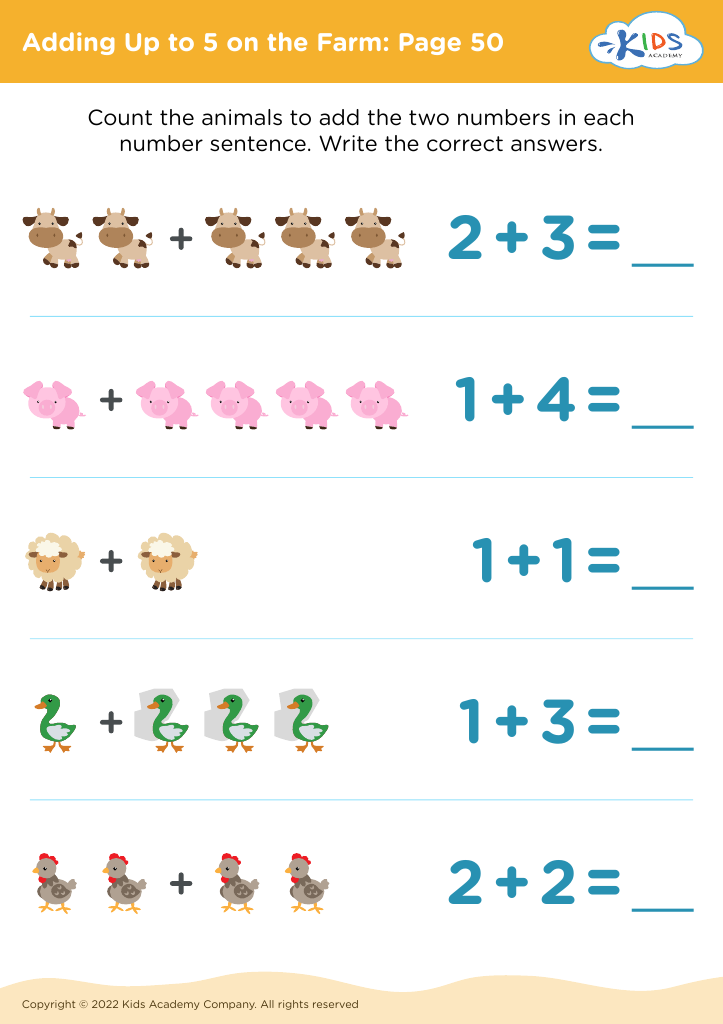
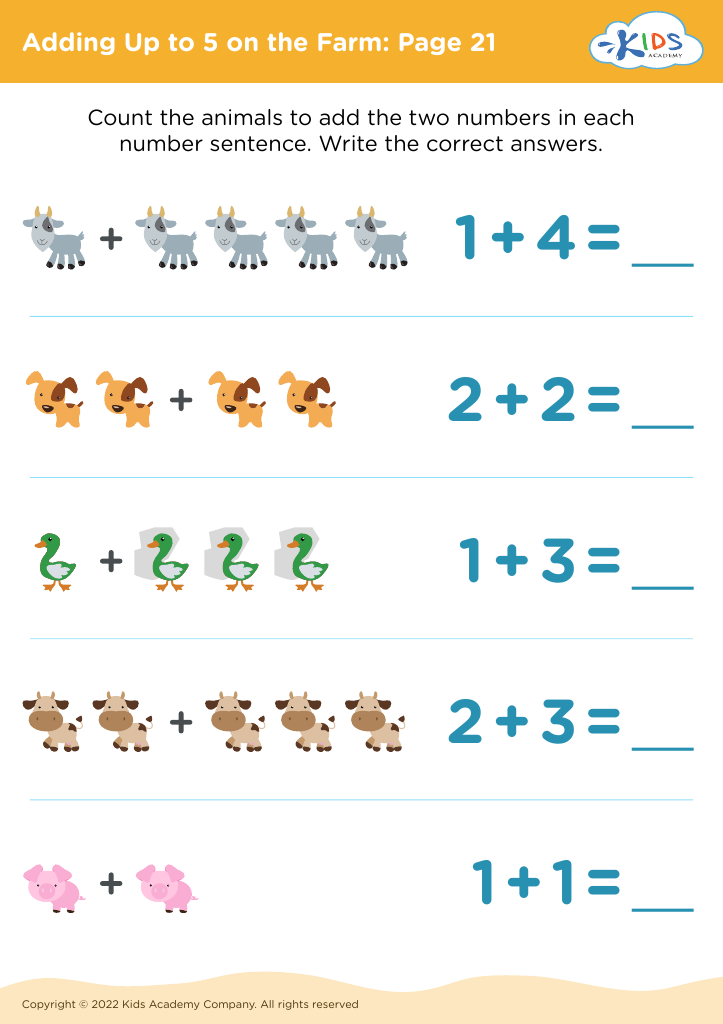

 Assign to My Students
Assign to My Students

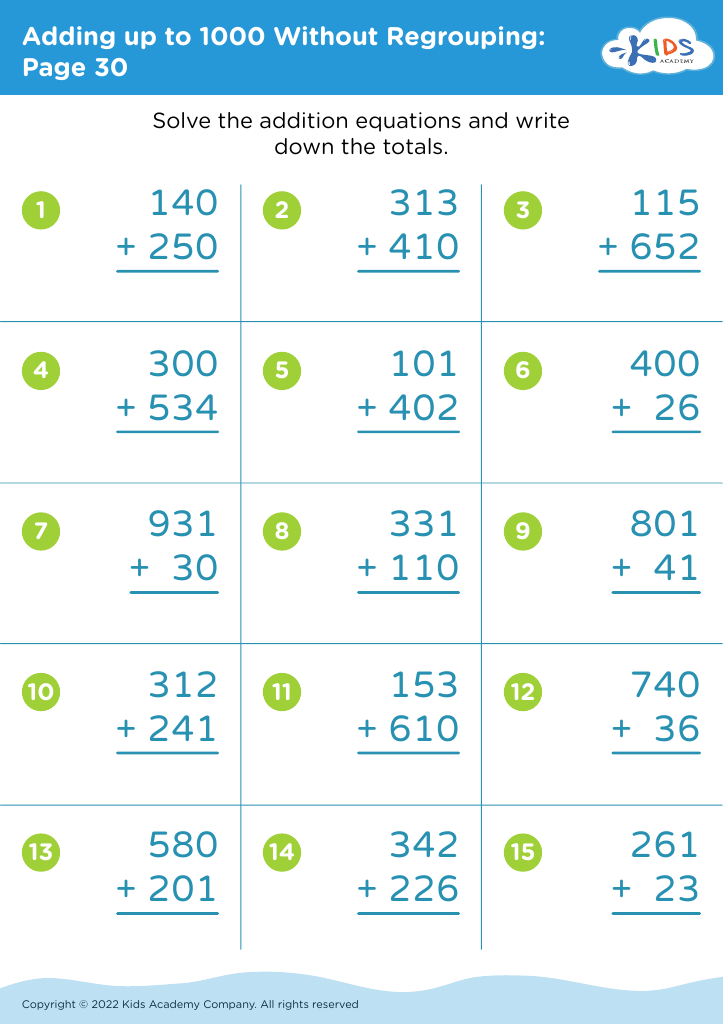
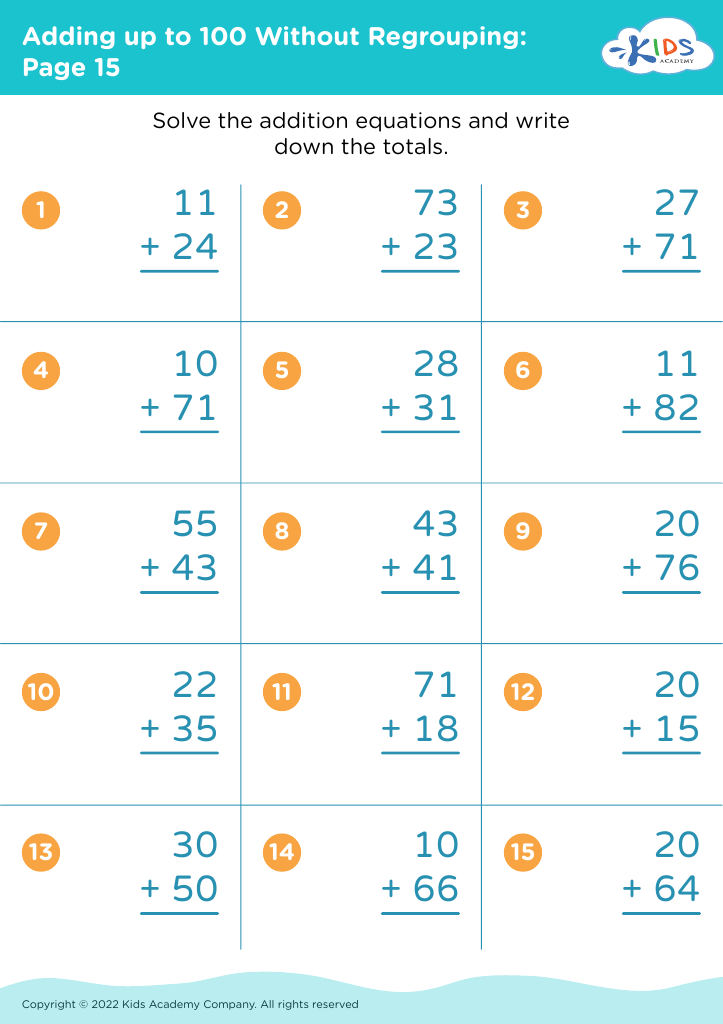
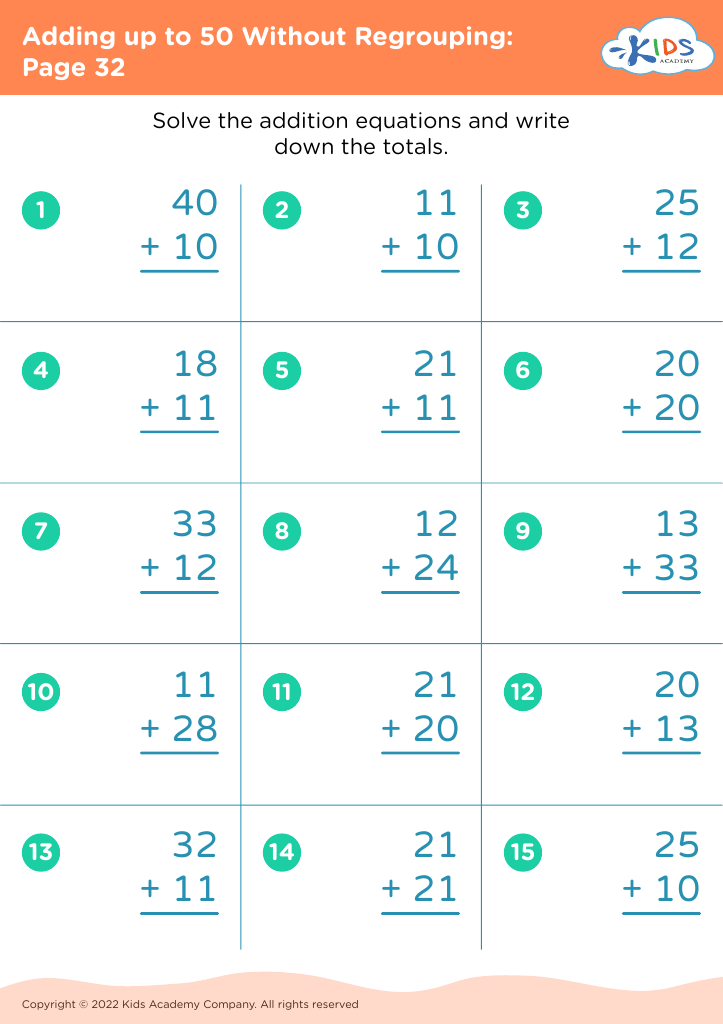
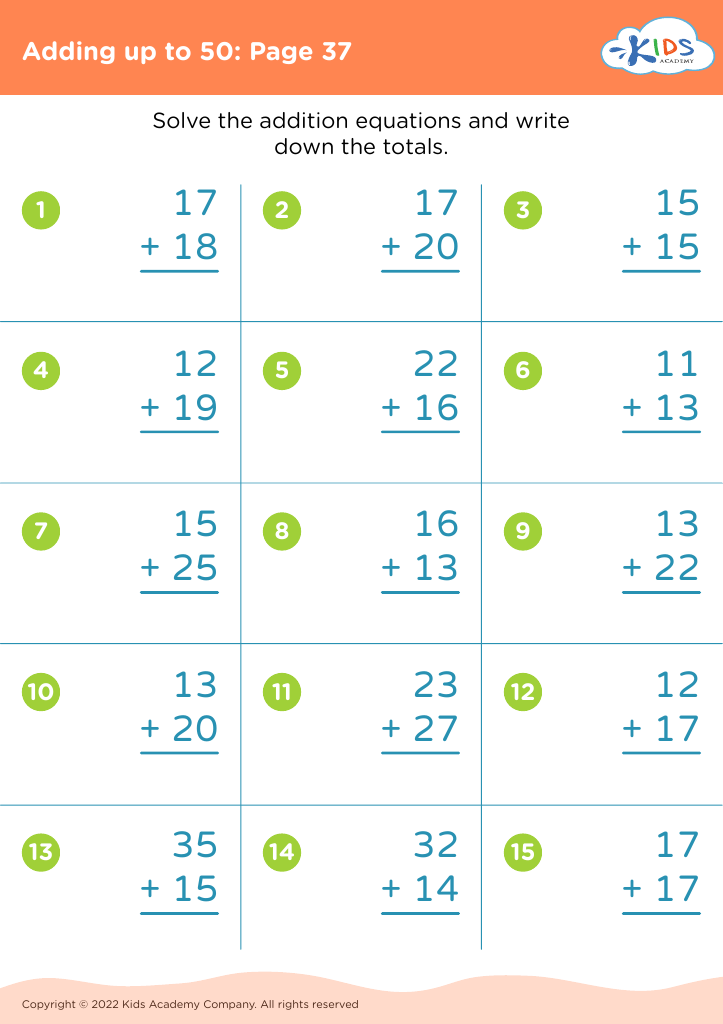
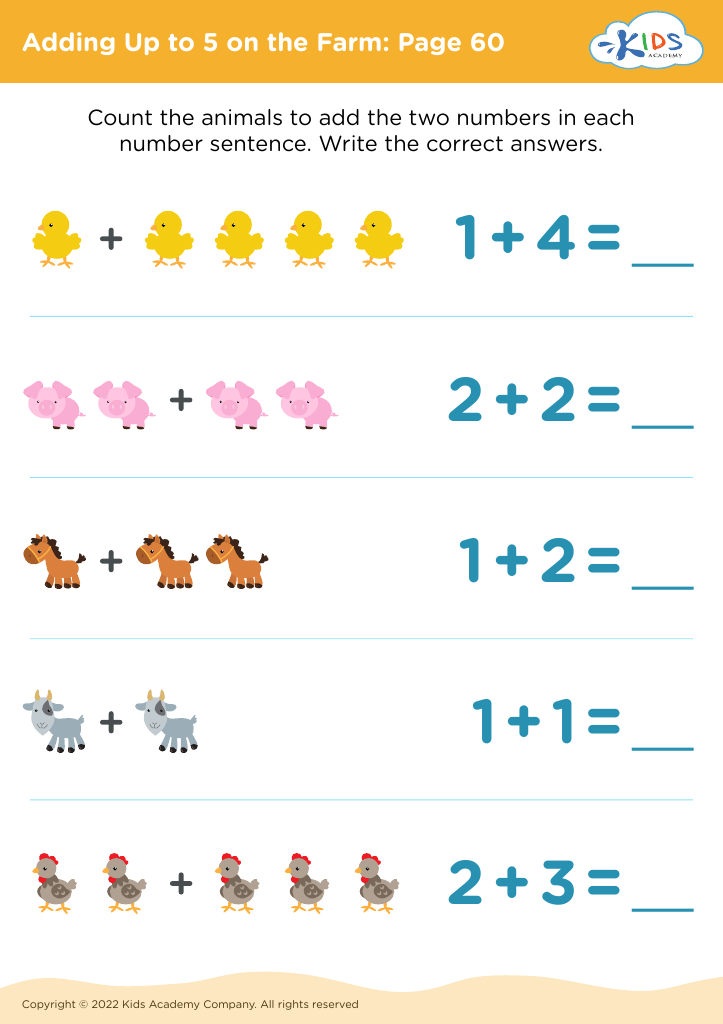


.jpg)


